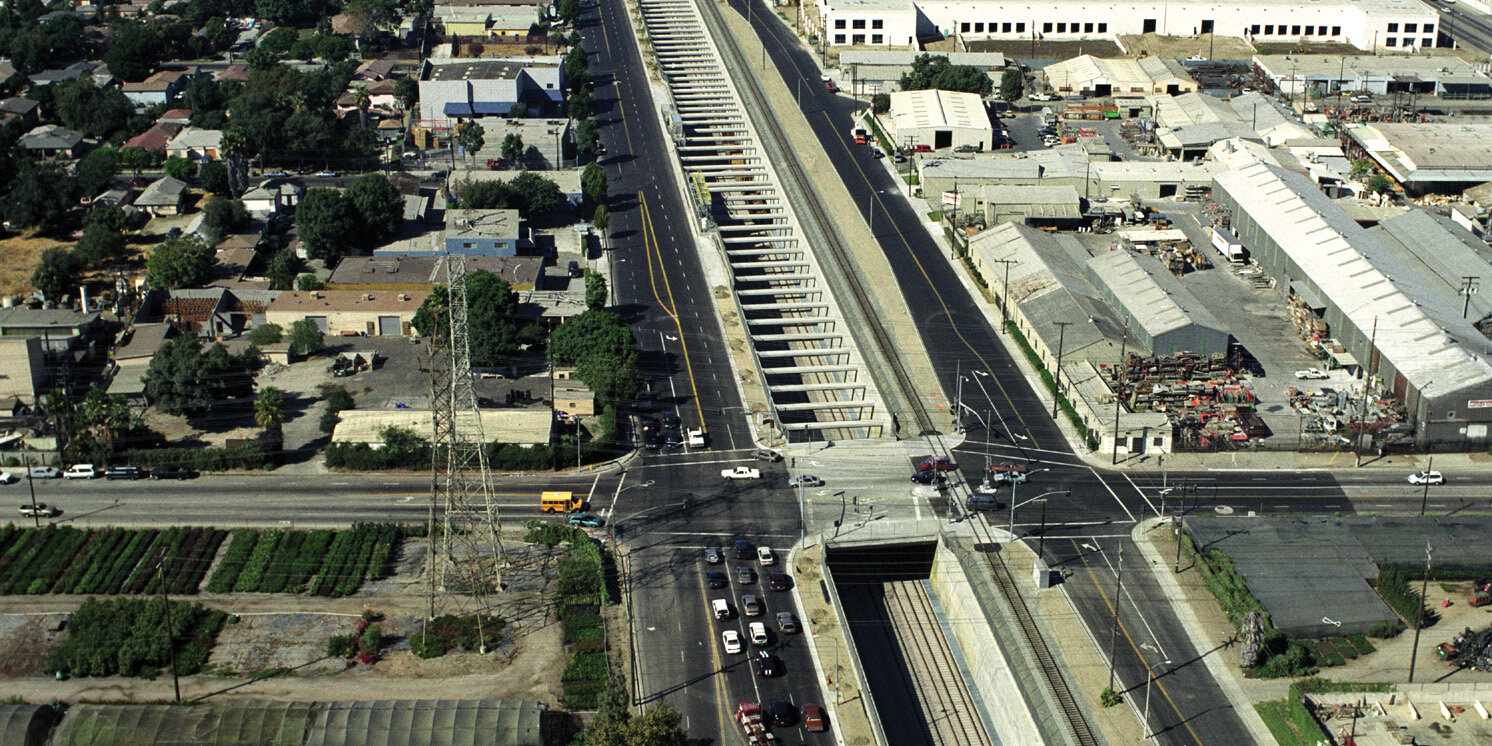
Unity, C#, Mapbox, Rhino, Lumion/SCI-Arc
Infastructure Prosthetics
A Platform-Based Approach to Affordable Housing in LA County
At the bottom-line, housing for the recently-homeless needs to provide equitable access to urban services such as public transit, green space, healthy food, education and healthcare. We presented a proof-of-concept solution to repurpose left-over and under-utilized lots along the Alameda corridor. Complex entitlement processes and outdated energy and water distribution methods hinder adaptive reuse projects in urban areas where they are most needed. Our flat-pack methodology negates these concerns and enables development on challenging and oblong urban lots.
Images rendered using Lumion. Housing modules and landscape generated using Unity C#
My Role
My role included customizing a space filling algorithm (wave-function-collapse) to help envision affordable housing development on under-utilized multifamily sites in LA County. I was also responsible for validating our solution’s ability to fulfill the environmental, social and structural needs on each project site. My position paper situating municipal resource technology in the context of public housing was published by SCI-Arc and can be found here.
Corridor Case Study
The Alameda Corridor development was meant to separate civilian and industrial traffic between the Port of Los Angeles and Downtown thereby reducing air pollution and traffic congestion. The Alameda Corridor was intended to bring income and healthy urban space to underserved urban areas in South L.A. Instead, it created a massive flight of more wealthy residents away from the corridor and left swaths of post-industrial brownfield sites where construction and rehabilitation are prohibitively expensive.

Scripted Site Selection
We chose 3 example brownfield sites along the corridor where public transit-oriented communities could be located in close proximity to healthcare and educational facilities. I wrote a C# script using the Mapbox plugin for Unity to assess every multi-family zoned parcel along the Alameda Corridor to check for underutilized and environmentally compromised sites.
The Platforms
Our platforms attach to existing city infrastructure in a simple and efficient manner allowing for gradual, affordable development over time.
Machine Learning for Flexible Placement
On each of these sites I applied a wave function collapse (WFC) algorithm to plot the layout of our infrastructure platforms. I constrained the traditional WFC to ensure connections to the city energy and water stubs on each site.

Platform Design Principles
Each site is first bestowed with a series of structural platform modules based on the layout determined by our WFC algorithm. Each platform module provides the groundwork for future build-out by developers, architects, and owners, who can add a wide variety of attachable structures. Each platform module carries its own MEP infrastructure piping and its raised to allow the soil to be planted with keystone grasses and recover if in a compromised state.
Allocating for Different Needs
I was able to apply my modified WFC algorithm to generate both private and shared space as well as open areas for landscape remediation.
Procedurally Generated Living Space
Balancing Shared Space
Environmental Remediation







